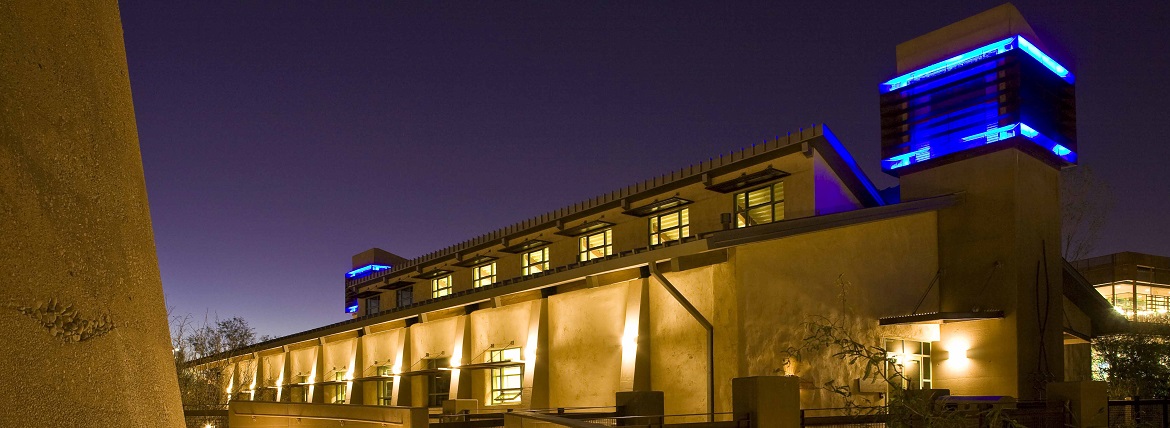Architectural Lighting Design is a field within architecture and architectural engineering that is primarily concerned with the illumination of buildings. Efficient architectural lighting design achieves sufficient light for emphasizing the architectural features of the building by balancing initial and operating cost factors, building aesthetics and energy efficiency.
Architect Le Corbusier described architecture as the “correct and magnificent play of masses brought together in light”, where he underlines the significance of lighting on the design of buildings.
The architecture of the recent past may have been sufficed with standard lighting concepts, but the modern day architecture requires differentiated and distinctive lighting. Teichmüller defined the term “Lichtarchitektur” as architecture that conceives light as a building material and incorporates it purposefully into the overall architectural design. He also pointed out that, with regard to architectural lighting, artificial light can surpass daylight, if it is applied purposefully and in a differentiated way.
Architectural lighting fixtures are fixtures that are not decorative but rather Functional and inconspicuous. Fixtures like down lights, wall washers, wall grazing fixtures, spotlights, cove lights and task lights are used to illuminate architectural shapes and forms.
Architectural lighting design focuses on three fundamental aspects of the illumination of buildings or spaces. The first is the ‘aesthetic appeal’ of a building, where the lighting designer attempts to raise the general attractiveness of the design, measure whether it should be subtly blended into the background or whether it should stand out, and assess what kind of emotions the lighting should evoke.
Secondly, ‘the ergonomic aspect’ the measure of how much of a function the lighting plays. The functional aspects of the project can encompass the need for the project to be visible (by night mostly, but also by day), the impact of daylight on the project and safety issues.
Thirdly is the energy efficiency issue to ensure that light is not wasted by over-illumination, either by illuminating vacant spaces unnecessarily or by providing more light than needed for the aesthetics or the task.

